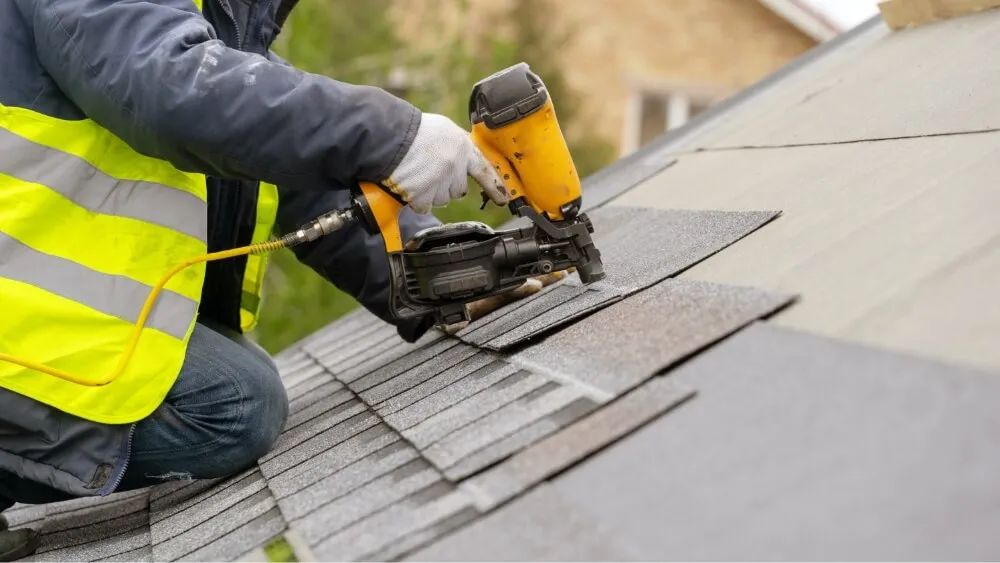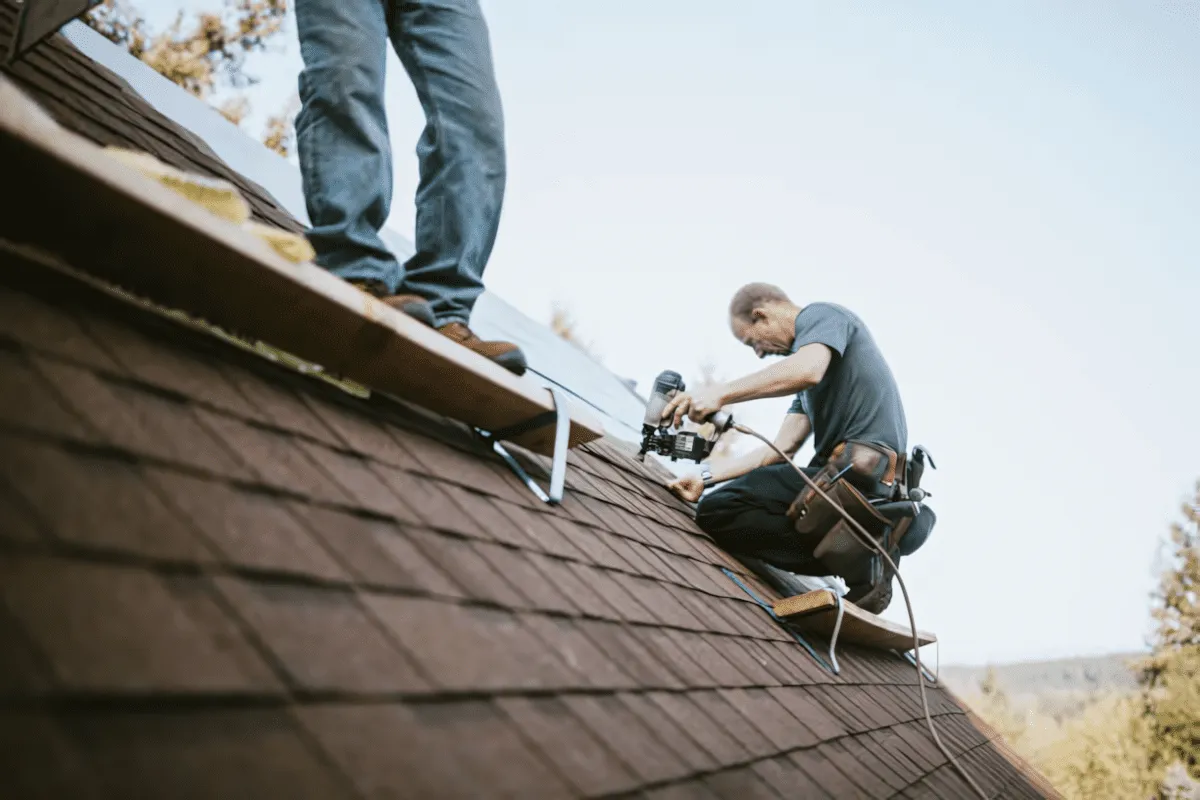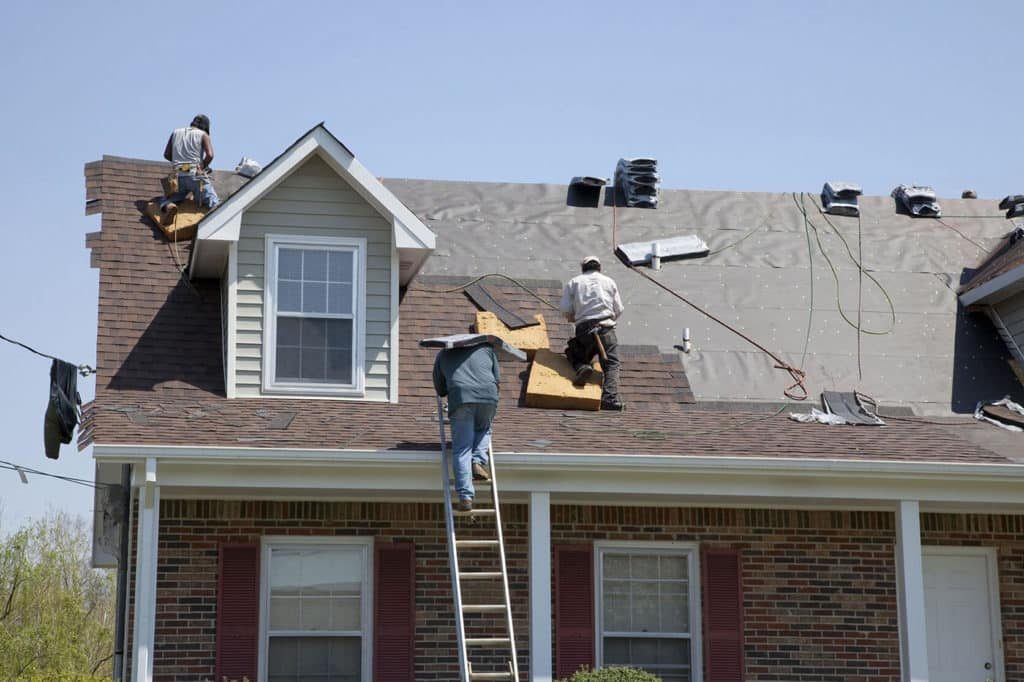How to Review Various Roofing Alternatives for Your Structure Requirements
Examining roofing options for your structure needs a thorough method that takes into consideration different elements such as the meant use the framework, regional environment conditions, and product features. It is important to consider the advantages and disadvantages of various roofing types, from asphalt shingles to metal and clay ceramic tiles, while likewise factoring in initial costs and lasting upkeep. Additionally, comprehending energy performance and visual charm can affect your choice. As you contemplate these considerations, one question stays: which elements will inevitably assist your option for a lasting and visually pleasing roof covering option?
Assessing Your Structure's Demands
To efficiently assess roof choices, start by completely evaluating your structure's requirements. Begin by taking into consideration the structure's planned usage, as various structures might require varying roof covering specifications. For example, property roof coverings typically focus on looks and insulation, while business structures might concentrate on durability and load-bearing ability.
Following, examine the regional climate problems that will certainly impact roofing efficiency. Aspects such as temperature changes, rainfall degrees, and wind patterns can affect material option and layout. A roofing system that masters a temperate climate may not do as well in areas prone to heavy snowfall or extreme warmth.
Additionally, evaluate the architectural integrity of your structure. Make sure that the existing structure can support the selected roofing materials, particularly if considering larger choices. It is also essential to examine any regional building regulations or regulations that may dictate certain demands for roof.

Comparing Roofing Products
As soon as a thorough evaluation of your building's demands has been finished, the next step involves comparing numerous roof covering products. Each material supplies distinctive benefits and downsides, making it important to straighten your choice with your details requirements and situations.
Asphalt roof shingles are commonly acknowledged for their price and simplicity of installation, making them a prominent alternative for property structures. On the other hand, steel roofing, known for its toughness and durability, can stand up to extreme weather conditions however might include a greater first investment.
Clay and concrete ceramic tiles supply superb thermal insulation and aesthetic charm, specifically for Mediterranean-style style, yet they require an even more durable structural assistance because of their weight. Timber shakes offer a natural look and good insulation properties but might demand much more upkeep and are vulnerable to fire threats.
Examining Cost and Spending Plan
Evaluating your roofing choices demands a careful evaluation of price and budget considerations. The general budget for a roof covering task comprises numerous aspects, consisting of product prices, labor expenses, upkeep, and prospective long-term financial savings. It is vital to develop a clear budget prior to checking out certain roofing products, as this will direct the decision-making process and assist you stay clear of overspending.
Begin by getting quotes from numerous service providers to recognize labor prices in your area. Make certain that these estimates consist of all necessary solutions, such as elimination of the old roof covering, installment, and any extra features, like insulation or air flow enhancements - Toledo Roofer. Next off, analyze the cost of different roof products, thinking about both initial installment costs and expected life-span

Recognizing Power Performance
Power performance plays a critical role in the selection of roof covering products and systems, significantly influencing both visite site energy intake and general convenience within a building. An appropriate roofing can improve thermal efficiency, decreasing the requirement for heating and cooling down systems, which consequently reduces power costs and decreases ecological impact.
When evaluating roof covering options, think about materials that reflect rather than soak up warm. Light-colored or reflective roof products can significantly reduce roofing system surface temperatures, bring about reduced energy use during warm months. Additionally, correct insulation and ventilation are important to optimize the energy efficiency of the whole roof covering system. Insulation stops warmth transfer, while ventilation reduces heat accumulation in the attic room area.
An additional essential element is the roof system's long life and upkeep demands. Resilient materials that call for less frequent replacement add to long-lasting energy savings. The power effectiveness of a roof covering system can additionally be examined via its compliance with established sustainability ratings such as ENERGY STAR or LEED.
Thinking About Aesthetic Appeal
A roof covering's aesthetic charm substantially affects the general appearance of a structure, matching its architectural design and enhancing visual charm. Perrysburg Roofer. When evaluating roof covering options, it is necessary to consider just how the chosen product, shade, and design will harmonize with the existing framework and area. A well-designed roofing can elevate also the simplest of buildings, transforming them right into aesthetic prime focus
Different roofing materials supply different visual high qualities. Traditional roof shingles may stimulate a timeless appeal, while steel roof can give a modern, streamlined look. Additionally, the color of the additional resources roof covering material plays a critical role; lighter shades can make a structure appear even more large, while darker tones might develop a cozier atmosphere.
Additionally, building components, such as dormers and eaves, can boost the roof's visual impact. It is advisable to speak with professional designers or architects to ensure the picked roof covering option aligns with the overall design intent. Ultimately, a roof covering needs to not just offer functional benefits however also add favorably to the building's visual, reflecting the proprietor's taste and the character of the surrounding setting.
Final thought
